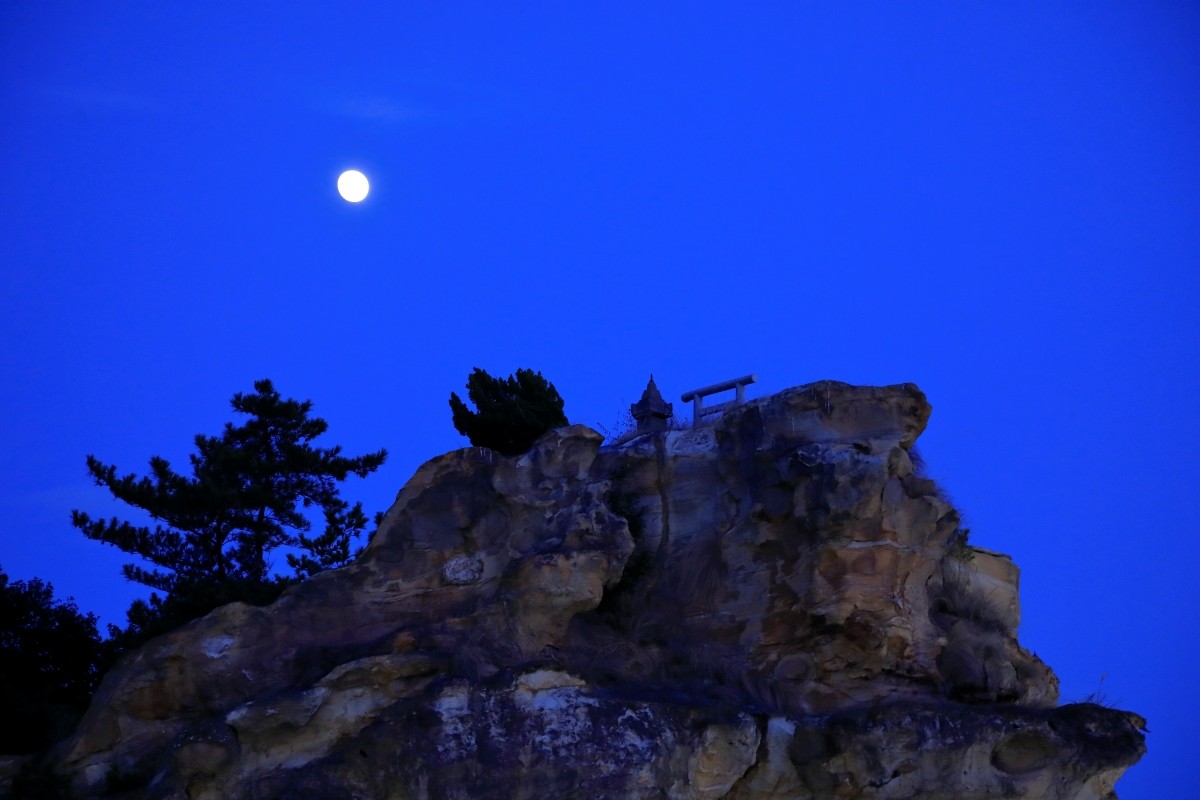
This is the second installment of a series where a current high school teacher breaks down "Kojiki", Japan's oldest historical record that compiles myths, legends, and history, in an easy-to-understand way. This time, we focus on Izanagi and Izanami, two of the most important deities in Japanese mythology. They are known as the creator gods who formed both the land of Japan and its gods. Let's dive into the story of how they brought Japan into existence.
👉 Japan's oldest history book, the Kojiki. What's the story? When was it made?
👉 Read the Kojiki (Yahoo! Shopping)
*By purchasing or reserving products introduced in this article, a portion of the sales may be returned to FUN! JAPAN.
Who Are Izanagi and Izanami? The Story of Japan's Creation by the Gods
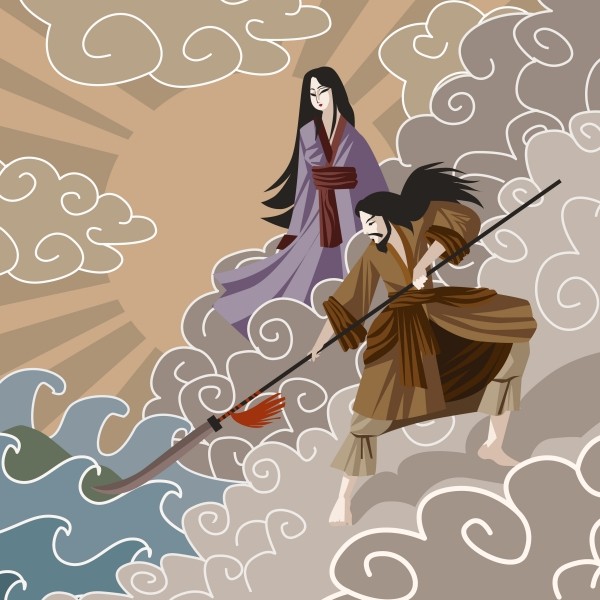
1. The Creation of the Land
"Kojiki" begins in a time of complete chaos, when nothing had yet been born in the world.
First, heaven and earth came into existence, and with them, three genderless deities who governed the universe appeared.
After that, ten pairs of male and female gods were born in succession.
The last of these pairs, the tenth duo, were Izanagi (male deity) and Izanami (female deity), the protagonists of this story.
The gods who ruled the universe summoned Izanagi and Izanami and commanded them to create a land.
"Izanagi, Izanami, you must work together to build a prosperous land."
With these words, they handed them a sacred spear.
Izanagi and Izanami lowered the spear from Takama-ga-hara (the heavenly realm) down into the chaotic world below. As they stirred the waters, something began to solidify, forming a single island.
This island was named Onogoro Island, which is believed to be located in what is now Osaka Bay.
After descending to Onogoro Island, Izanagi and Izanami decided to create more land.
Izanagi spoke:
"My body has grown, but I seem to have one extra part."
Izanami responded:
"My body has grown, but I seem to be missing one part."
They decided that by filling Izanami's missing part with Izanagi's extra part, they could give birth to new land.
To perform this act, they stood before a great pillar and began a ritual.
Izanagi walked around the pillar from the left, while Izanami walked from the right. When they met on the other side, Izanami was the first to speak.
"Oh, what a wonderful man you are."
Izanagi replied:
"Oh, what a beautiful goddess you are."
Thus, their union was sealed, but the first child they created was deformed, born boneless like a leech.
Concerned about what had gone wrong, they consulted the gods who ruled the universe.
"The problem was that the woman spoke first. It must be the man who initiates."
Following this advice, they repeated the ritual, this time with Izanagi speaking first—and this time, they successfully gave birth to the land of Japan.
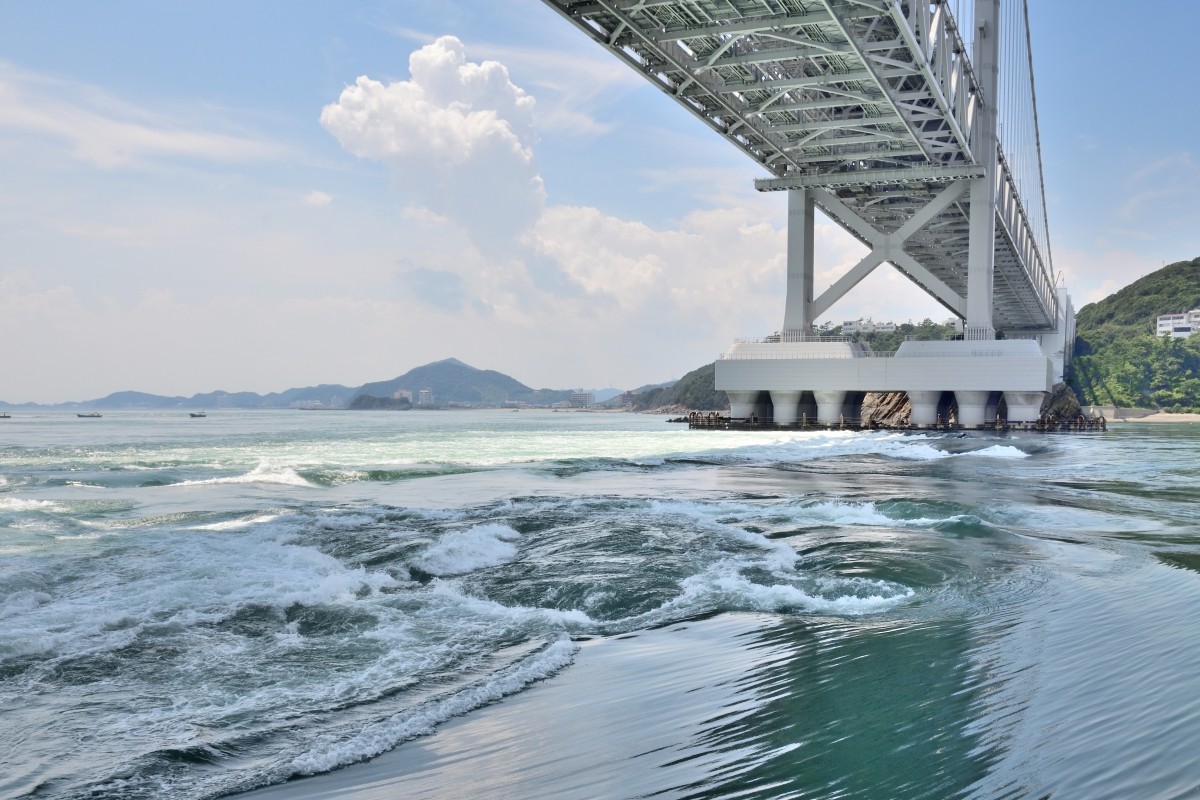
The first island that Izanagi and Izanami created is believed to be Awaji Island, which is now part of Hyogo Prefecture.
They continued creating more islands, including Shikoku, Oki Island, Kyushu, Iki Island, Tsushima, Sado, and finally Honshu. Together, these islands were called "Oyashima no Kuni" (The Great Eight-Island Country). In Japan, the number eight ("hachi") has long been considered auspicious, symbolizing prosperity and expansion, which may be the reason for this naming.
2. The Birth of the Gods
After successfully creating the land, Izanagi and Izanami decided to populate it with gods. They gave birth to the god of the earth, the god of trees, the god of mountains, the god of fields, the god of grains, and many more.
However, when Izanami gave birth to Kagutsuchi, the god of fire, she suffered severe burns and tragically passed away. Overcome with rage, Izanagi cut off Kagutsuchi’s head, causing his blood to spill everywhere. From this spilled blood, thunder gods were born. As Izanagi wept in sorrow, a river god was born from his tears.
Together, Izanagi and Izanami loved each other and worked side by side to create both the land and the gods of Japan.
However, their story ended in tragedy, as Izanami's death separated them forever.
Key Highlights of the Creation Story

"Kojiki" begins with a mysterious scene where gods appear and disappear from a formless, chaotic world. This sets the stage for the origin of Japan, making it one of the most significant parts of the text.
Although Izanagi and Izanami created the land, they were still immature deities at this stage, and their journey was one of trial and error. Moments like stirring the sea together with a spear or walking around the pillar in opposite directions before uniting show a certain innocence—so much so that despite being gods, they almost feel relatable and worthy of encouragement.
The order in which the islands were created also holds meaning. Starting with Awaji Island, followed by Shikoku, Kyushu, and then Honshu, the land they formed grew larger each time. Some believe this represents the flourishing of Japan, mirroring Izanagi and Izanami's own growth despite their initial struggles.
However, their journey took a sorrowful turn when Izanami died giving birth to the fire god. This part of the story symbolizes the idea that creating new life is both sacred and a great sacrifice. It also highlights the duality of fire—while it provides blessings to humanity, it is also a dangerous force.
But the story doesn’t end here. Heartbroken, Izanagi sets off to the Land of the Dead to bring Izanami back. What awaits him in the underworld? Stay tuned to find out.
Izanagi’s Journey to the Land of the Dead
As mentioned in the first part, the "Kojiki" describes three main worlds:
Takama-ga-hara, the heavenly realm where the gods reside, Ashihara-no-Nakatsukuni, the earthly realm where humans live, and Yomi-no-Kuni, the underworld where the dead dwell.
In this chapter, Izanagi, who lives in Ashihara-no-Nakatsukuni, ventures into Yomi-no-Kuni to retrieve his beloved wife, Izanami, who died after giving birth to the fire god. According to "Kojiki," no living being is permitted to enter the underworld. Yet, driven by his love, Izanagi defies the rules and embarks on a journey to bring his wife back.
1. Searching for His Wife in the Underworld
At the entrance, he moves aside a massive boulder that separates the worlds and calls out to his wife.
"Izanami, I’ve come to bring you back. Let’s return to the world of the living and be together again."
Izanami responds:
"My dear, you’ve come for me… I am so happy. But… it is already too late."
In the "Kojiki," there is a rule that anyone who eats the food of Yomi-no-Kuni can never return to the world of the living. Sadly, Izanami confesses that she has already eaten from the underworld, making her return impossible.
Desperate, Izanagi refuses to give up and begs her to find a way.
"Very well," Izanami says. "I will ask the ruler of Yomi-no-Kuni to allow me to return. But while I am gone, you must promise not to look inside."
Izanagi agrees without hesitation.
"I promise. I will wait here for you, no matter how long it takes."
Time passes, but Izanami does not return. Impatient and worried, Izanagi breaks his promise and peeks inside the underworld.
What he sees horrifies him—Izanami’s body has become rotting and decayed, crawling with maggots. She is no longer the beautiful goddess he once knew.
In shock, Izanagi cries out.
Hearing his scream, Izanami turns to him in fury.
"How dare you break your promise! You have shamed me—I will never forgive you!"
Enraged, she sends the horrifying forces of Yomi to chase him down and drag him back.
Izanagi runs for his life, pleading for forgiveness.
The army of Yomi pursues him relentlessly. In desperation, Izanagi throws down wild grapes he had been carrying. The spirits pause to eat them, giving him a momentary lead.
When the forces resume their chase, he throws bamboo shoots, which again distracts them as they stop to feast.
But Izanami herself refuses to give up. She summons 1,500 thunder gods to hunt him down.
As he flees, Izanagi spots a peach tree and hurls three peaches at his pursuers, shouting:
"O sacred peaches, drive away these impurities!"
The divine power of the peaches successfully banishes the thunder gods.
Yet even after her minions are defeated, Izanami herself comes storming after him, shaking the earth with every step.
Just as she is about to capture him, Izanagi escapes back to the earthly realm and blocks the entrance to Yomi-no-Kuni with a giant boulder, sealing the gateway between life and death.
From behind the rock, Izanami’s furious cries echo through the barrier.
2. Japan’s First Divorce
Izanagi, breathing heavily on the other side, speaks at last:
"From this day forward, I divorce you. We are no longer husband and wife."
Izanami, still filled with rage, responds:
"If you abandon me, then I swear this—I will kill 1,000 people from your world every day!"
Izanagi replies without hesitation:
"Then I will ensure that 1,500 people are born every day to replace them."
With these bitter words, Izanagi and Izanami parted ways forever, marking what is said to be Japan’s first divorce.
Key Points of the Story of Yomi-no-Kuni
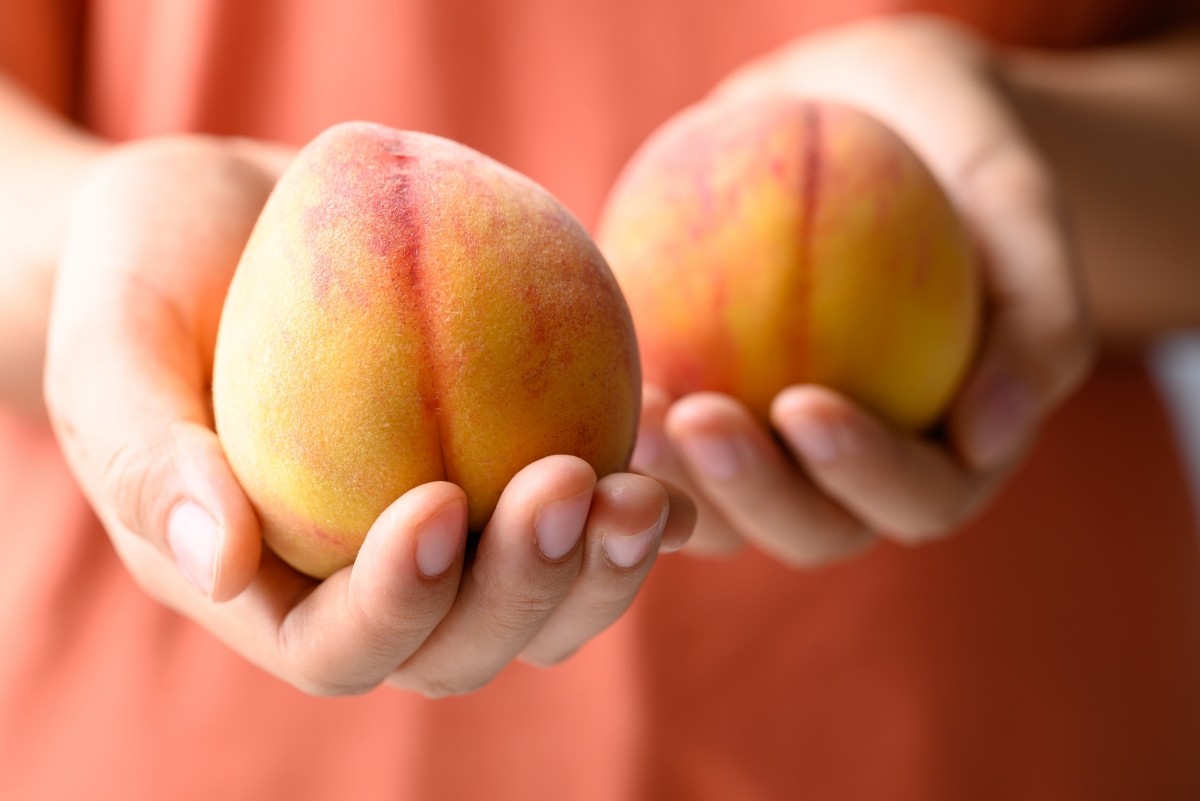
At that time, Japan was actively incorporating the advanced culture of China. In particular, peaches were considered sacred fruits in China and often appeared as protective charms against evil. This belief is reflected in the story, where peaches serve as a tool to ward off threats. Additionally, in the scene where Izanagi desperately flees from Yomi-no-Kuni, there is no trace of the love the two deities once shared. This part of the story highlights the gravity of wounding a woman's pride and the consequences that follow.
At the end of their conversation, Izanami declares that she will kill 1,000 beings each day, to which Izanagi responds that he will create 1,500 new lives daily. In the world we live in, life and death coexist, but by ensuring that births outnumber deaths, the story leaves behind a sense of hope—that the nation will continue to prosper and move forward.
In Japan, there is a saying: "Nanakorobi yaoki" ("Fall seven times, rise eight"). This phrase conveys a resilient and optimistic attitude, encouraging people to keep going despite hardships. As the country is born, deities emerge, and the foundation of Japan is formed, this chapter presents an outlook of growth and development towards the future.
Places in Japan Associated with Izanagi and Izanami
Kamitatekami-iwa
A 30-meter-high rock formation floating off the southern coast of Awaji Island, Hyogo Prefecture. It is believed to be the pillar that Izanagi and Izanami circled during the ritual of nation-building.
Eshima
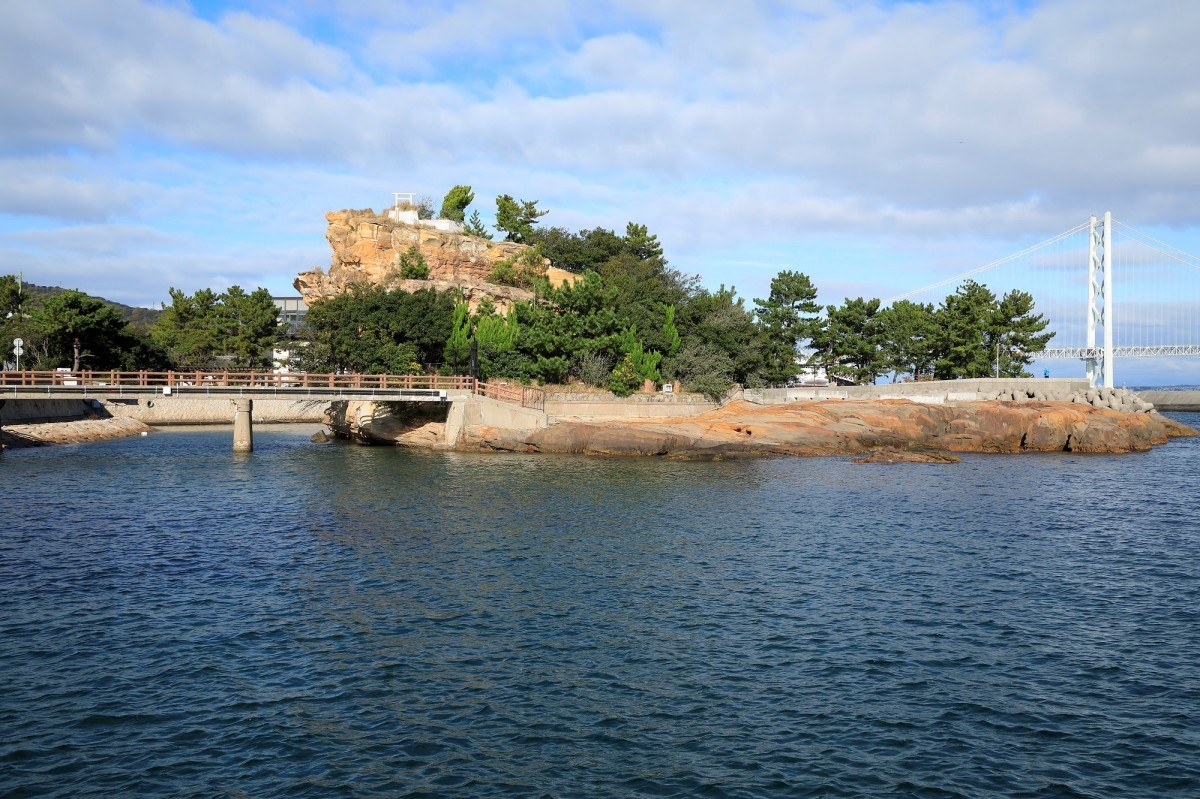
An island floating near Awaji Island, Hyogo Prefecture. It is considered one of the possible locations of Onogoro Island, the first land created in Ashihara-no-Nakatsukuni. There are also several other islands in Osaka Bay believed to be candidates for Onogoro Island.
Yomotsu Hirasaka
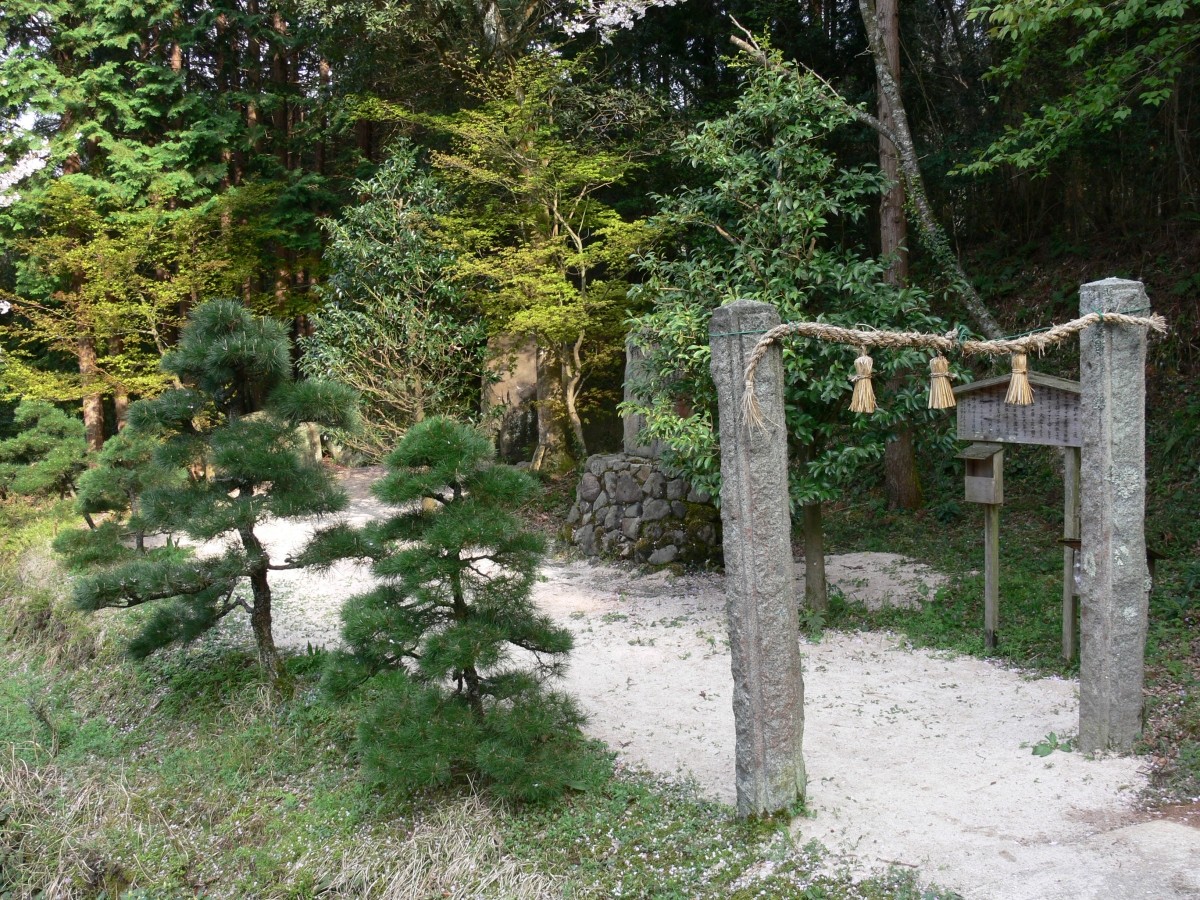
Located in Higashiizumo Town, Matsue City, Shimane Prefecture, this slope is considered the boundary between Takama-ga-hara and Ashihara-no-Nakatsukuni.
It is said to be the path Izanagi took when he went to retrieve Izanami after she died giving birth to the fire god. Large rocks are scattered around the area, believed to be remnants of the stone used to seal the entrance to Yomi-no-
Through Izanagi and Izanami, Japan and the deities who inhabit it came into existence.
Though the two deities who once loved each other faced an eternal separation, this chapter concludes with a lingering sense of progress—that despite the coexistence of life and death, the country continues to develop little by little. In the next chapter, the story takes a new turn as the main figures of the "Kojiki"—the sun goddess Amaterasu and the tempestuous god Susanoo—make their appearance.
Please stay tuned for the next installment!
👉 Read the Kojiki (Yahoo! Shopping)
< References>
- Japan Mythology (1) Amaniwato Ayako Nishino Hikuma Publishing
- Mythology of Japan (2) Yamata no Orochi Ayako Nishino Hikuma no Publishing
- Japan Mythology (3) Inaba's White Rabbit Ayako Nishino Hikuma Publishing
- The Myth of Japan (4) The Land That Lands Ayako Nishino Hikuma no Publishing
- Japan Mythology (7) Konohana Sakuyahime Ayako Nishino Hikuma Publishing
- Japan Mythology (10) Yamato Takeru Ayako Nishino Hikuma Publishing
- Illustrated The Easiest Book of Kojiki Yuji Sawabe Saizusha
- Kojiki that you can understand interestingly well Kamiyu History Editorial Department Seitosha
- Japan Mythology Ryoichi Yoda Kodansha Blue Bird Bunko
- Japan Mythology Miyoko Matsutani Nora Bookstore
- The God of Japan Picture Encyclopedia 2 The God in Mizuka Minerva Shobo
- The God of Japan Picture Book 3 The God Who Protects Life Minerva Shobo
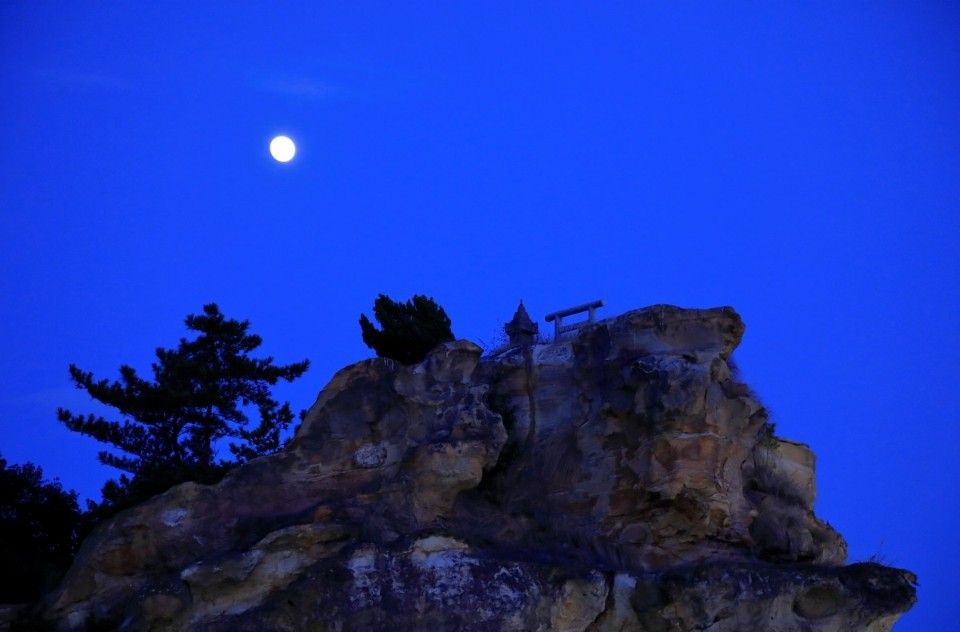

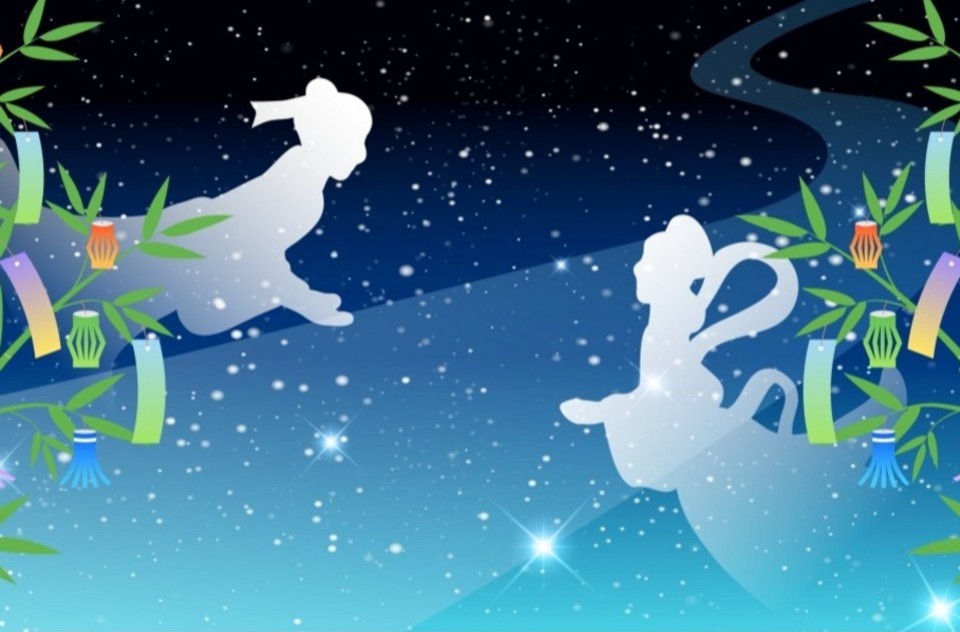
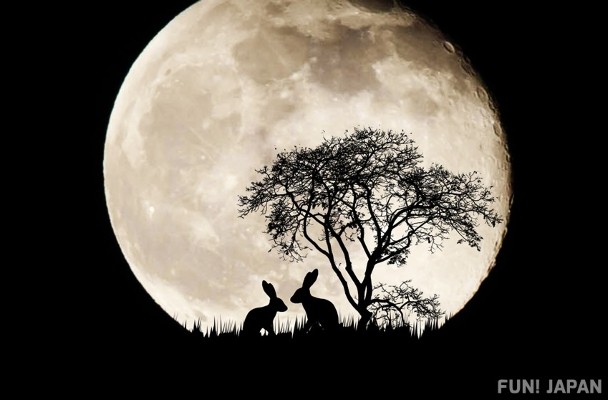
Comments